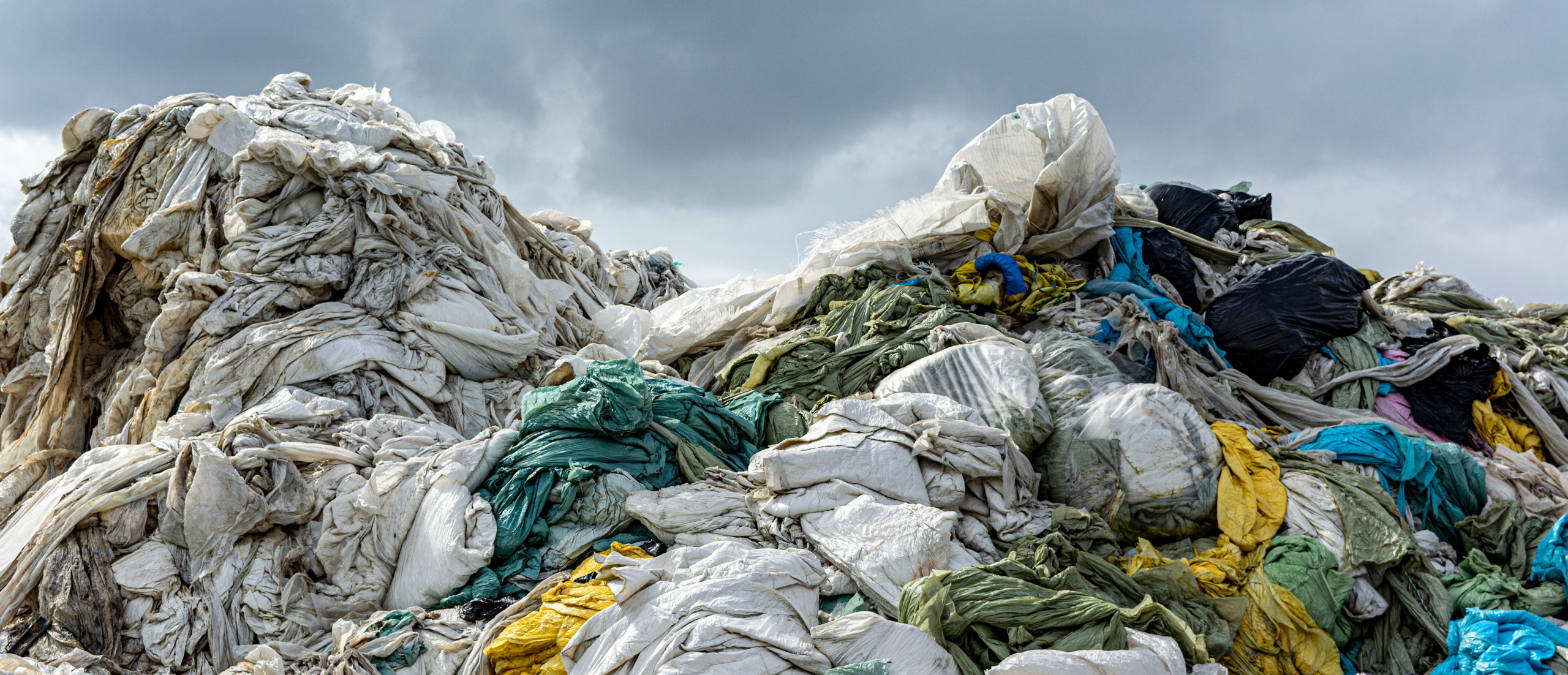
Transforming Textile Waste: A Strategy for Sustainable & Circular Textiles
In the United States, textile waste grew 80% since 2000 — four times greater than the overall waste stream. To turn the tide on this troubling trend, we need a pragmatic, collaborative approach to textile recovery.
Identifying the barriers
Recent research has pinpointed two significant challenges in our quest for sustainable textile recovery: a lack of financial incentives and the concept of “waste ownership” among various stakeholders. With so many players involved in the textile industry, determining who should be responsible for textile recovery isn’t as straightforward as it may seem.
Textile Recovery: Legislation lends a hand
In response to the growing textile waste issue, some forward-thinking lawmakers in the United States have taken action by introducing sustainability legislation tailored to the textile industry. California, for instance, has the Responsible Textile Recovery Act of 2023 on the table. This legislation aims to make clothing and textile producers set up and fund an extended producer responsibility (EPR) program. The program seeks to boost textile recycling, encourage repair, and promote clothing reuse within the industry.
Yet, a question that often arises in these discussions is, who should shoulder the responsibility for textile recovery? While the bill primarily focuses on holding manufacturers accountable, Ilse Metchek, president of the California Fashion Association, believes consumers should play a role too. She argues that most clothing ends up in landfills when people throw it away or donate it to thrift stores, leaving manufacturers to deal with the consequences.
Similarly, New York’s Fashion Sustainability and Social Accountability Act, also known as the Fashion Act, is making waves by requiring major brands to map at least 50% of their supply chains. The bill aims to address environmental concerns, including greenhouse emissions, and encourages more transparent and ethical labor practices within the industry. However, the Fashion Act has been met with criticism, including concerns about the diversity of its authors and the need for stronger labor provisions.

EUROPE’S INNOVATIVE STRATEGY
The challenges faced by textile recovery in Europe mirror those in the United States. Consumers often discard clothing rather than reusing or donating it. Moreover, textile collection and sorting infrastructure aren’t uniformly established in all EU countries. Textile recycling technologies are still costly and inaccessible, and funding for these initiatives remains limited.
Despite this, the European Union has developed a comprehensive plan, the Strategy for Sustainable and Circular Textiles. This strategy can offer invaluable insights to U.S. leaders as they address textile waste. Key components of the EU strategy include:
- Extended Producer Responsibility: In Europe, manufacturers are held responsible for disposing of their products, including textiles. This encourages them to design products with circularity in mind and invest in sustainable production methods.
- Public Awareness: Europe actively educates consumers about textile waste through awareness campaigns, incentives for textile donations, and promotion of sustainable fashion.
- Efficient Collection and Sorting Systems: These systems are pivotal for successful textile recovery.
- Innovation and Investment in R&D: Efforts to improve textile recycling technology have led to innovative recycling methods.
- Collaboration: The success of Europe’s textile recovery strategy hinges on collaboration among various stakeholders, including governments, NGOs, and the private sector.
Although U.S. lawmakers are just beginning to address textile recovery and sustainability, they can draw inspiration from the European approach. By studying the EU strategy today, American lawmakers can glean key insights that may shape future U.S. policies and strategies.
COLLABORATION: THE WAY FORWARD
The exciting news is that we don’t need to wait for lawmakers to instigate change. As an industry, we can take ownership of textile recovery today by working together. Initiatives such as the American Circular Textiles (ACT) policy group are perfect examples. Led by the Circular Services Group (CSG) and Resource Recycling Systems (RRS), ACT is a coalition of leading organizations committed to advancing circularity in the U.S.
Founding members include ThredUp, Rent The Runway, The RealReal, CaaStle, Thrilling, Trove, Treet, Recurate, SuperCircle, Fashionphile, and Tersus. Debrand, H&M, and Reformation joined ACT in April 2023, demonstrating a growing commitment to sustainability in the fashion industry.
Additionally, the Network Association of Uniform Manufacturers & Distributors (NAUMD) has launched the Uniform Sustainability Collaborative (USC). This initiative brings together industry members to generate ideas, participate in network groups, and share expertise, all with the shared goal of reducing uniform industrial and consumer textile waste.
It’s truly inspiring to see the industry taking ownership of the textile waste problem through initiatives like ACT and USC. As we collaborate and work together, we’ll discover new, scalable solutions for fashion circularity and, ultimately, a more sustainable future. The path to textile recovery is paved with collaboration and innovation, and together, we can make a significant impact.
